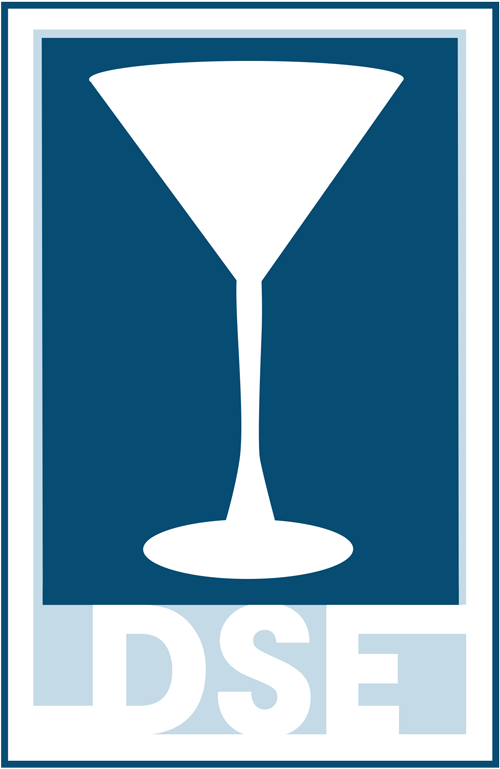How Alcohol Regulations Promote Public Health
Source: Public Action Management, PLC
July 14, 2020
Alcohol regulations are designed to promote safe and healthy places for patrons to eat, drink, socialize and enjoy entertainment. Unfortunately, we don’t always know how that is done. The regulations are even more important today as we face concerns about the COVID-19 virus spreading. A review of these regulations and how they work to promote public health and safety can help staff be diligent about maintaining a licensed premise’s responsibilities.
As the World Health Organization notes, “Alcohol alters your thoughts, judgement, decision-making and behavior.”
Intoxication is the primary issue,
Alcohol regulations are primarily designed to reduce the problems associated with intoxication. Intoxicated patrons may take more risks and be less cautious about social distancing and other requirements designed to prevent the spread of disease. And, according to the Mayo Clinic, “Excessive alcohol use can make it harder for your body to resist disease, increasing your risk of various illnesses, especially pneumonia.” Finally, intoxication is associated with aggression and violence. According to a Community Oriented Policing Services publication, “Alcohol contributes to violence by limiting drinker’s perceived options during a conflict, heightening their emotionality, increasing their willingness to take risks, reducing their fear of sanction and impairing their ability to talk their way out of trouble”.
Here are some ways regulations reduce intoxication:
Sale to intoxicated patrons
Most states prohibit the sale of alcohol to a patron who has become intoxicated. While it is very important not to serve such patrons, it can be difficult to determine intoxication when crowds are large and milling around. In addition, it can be a delicate matter to cut someone off who has had too much to drink. A licensee may want to review the signs of intoxication and discuss ways to cut patrons off in a diplomatic way emphasizing a concern for health and safety. Many states provide a list of signs of intoxication on a website. (In the list of sources, there is a link to the Texas Alcohol Beverage Control website description of intoxication signs.)
Food service
It is well known that food can ameliorate the intoxicating impact of alcohol. In fact, some states require food service for certain classes of licenses, especially when they serve more potent alcohol products. For example, Oregon’s Constitution only allows spirits to be sold by the drink in places where food is cooked and served. As part of the COVID regulations, some states have only allowed the opening of bars and restaurants which sell food. To curtail intoxication and gain additional revenue, a premise might want to more proactively promote food service as well as the sale of non-alcoholic beverages. There are now good tasting non-alcoholic beers available and bartenders can make exotic drinks that have little or no alcohol.
Hours of operation
Most states have required closing hours. This is a recognition that the longer a patron is in a drinking establishment, the higher the chance they will become intoxicated. Although the most common closing hour is 2 am, many states have loosened closing hours over the years particularly in “night life districts.” But, as states have confronted instances of COVID infections, they have curtailed operating hours.
Good management
A final consideration is management. A licensee is responsible for operating a safe and healthy premise. This requires strong and capable management. A licensee that hires competent people, has good policies, trains staff to implement the policies and rewards good behavior rarely has problems.
While COVID-19 has caused many disruptions to all industries including alcohol related businesses, the need to enforce laws is arguably stronger because keeping public health strong is at the core of alcohol regulation. As a former regulator has recently noted, “Alcohol regulations need to be enforced, not scuttled due to the COVID pandemic.”
